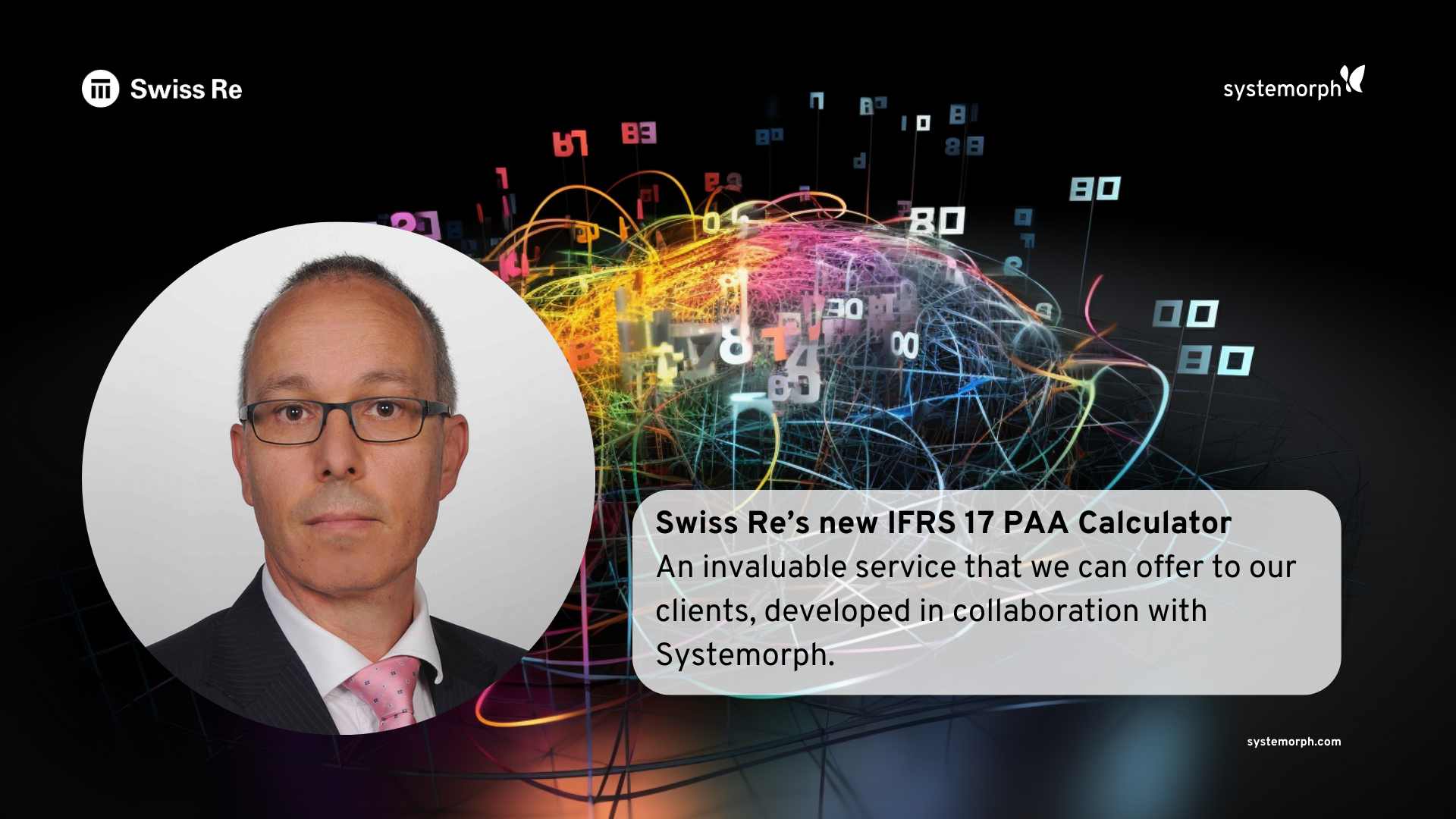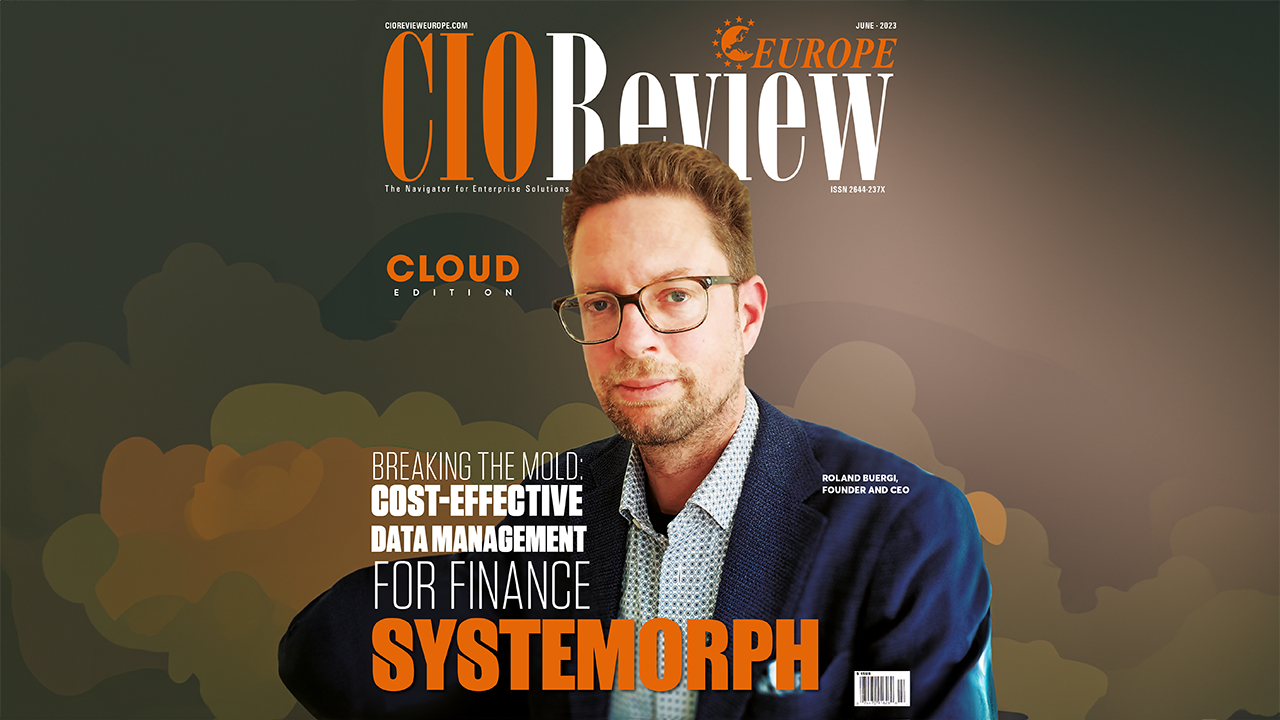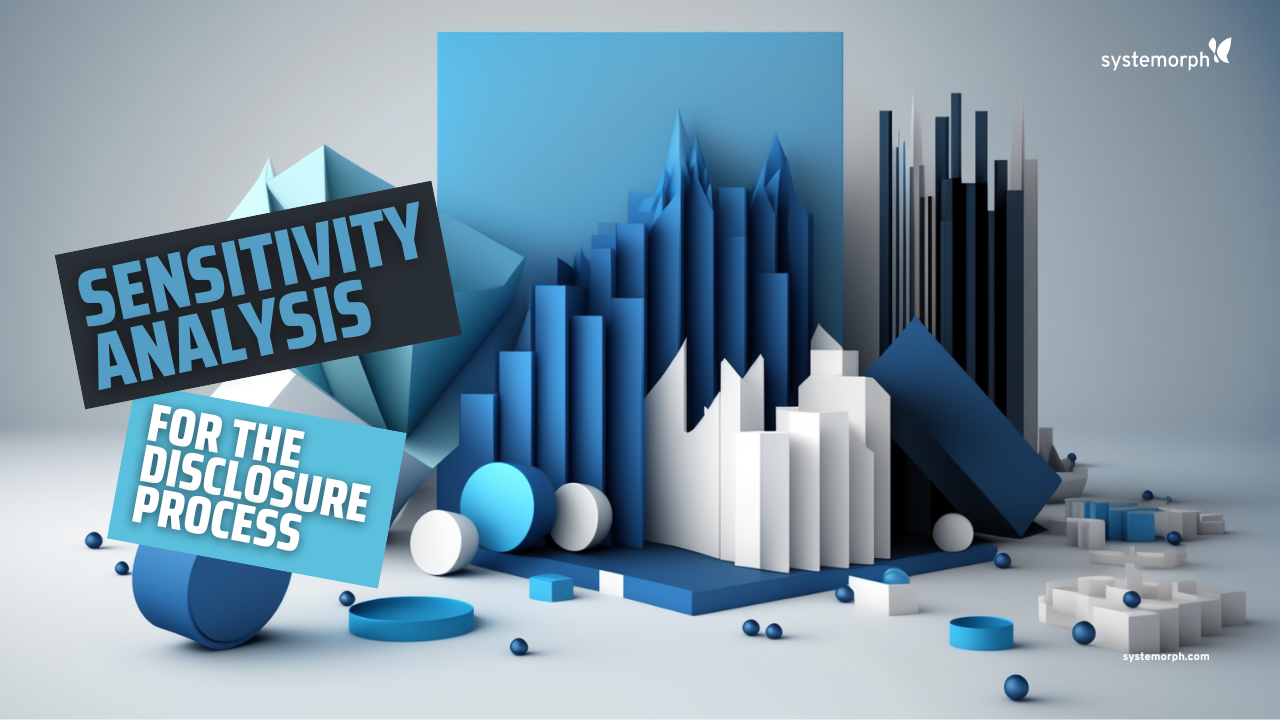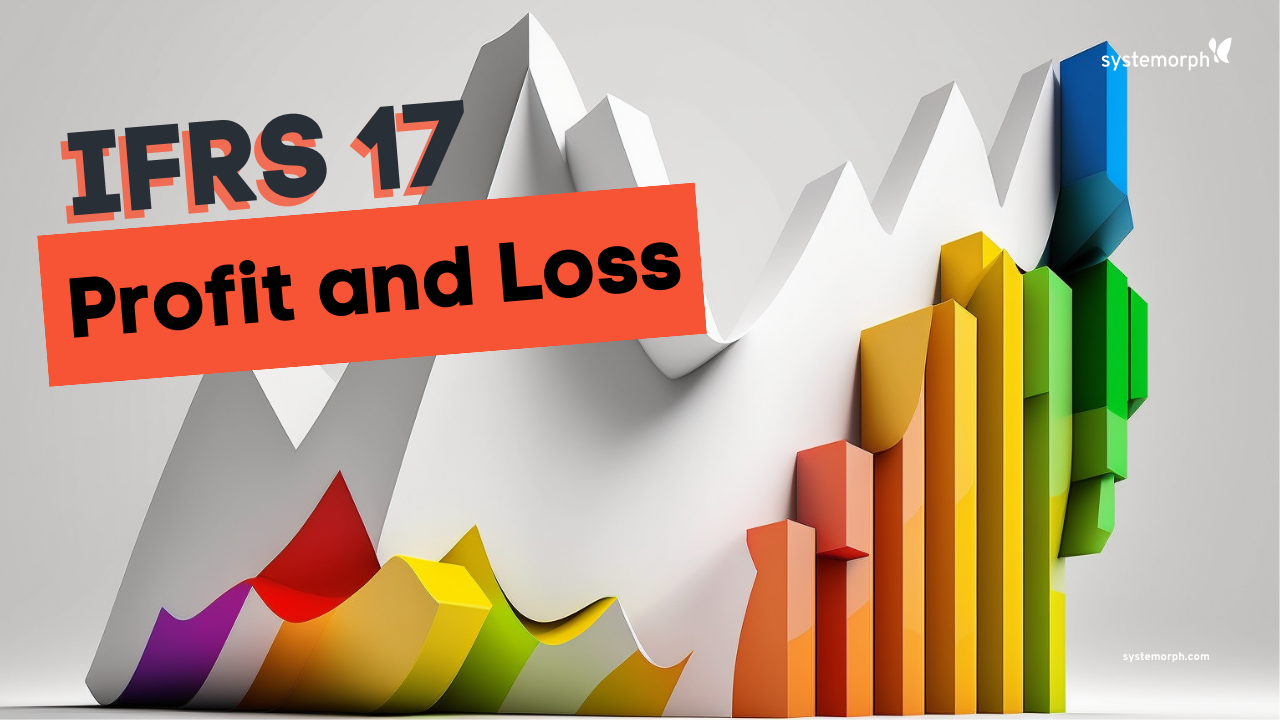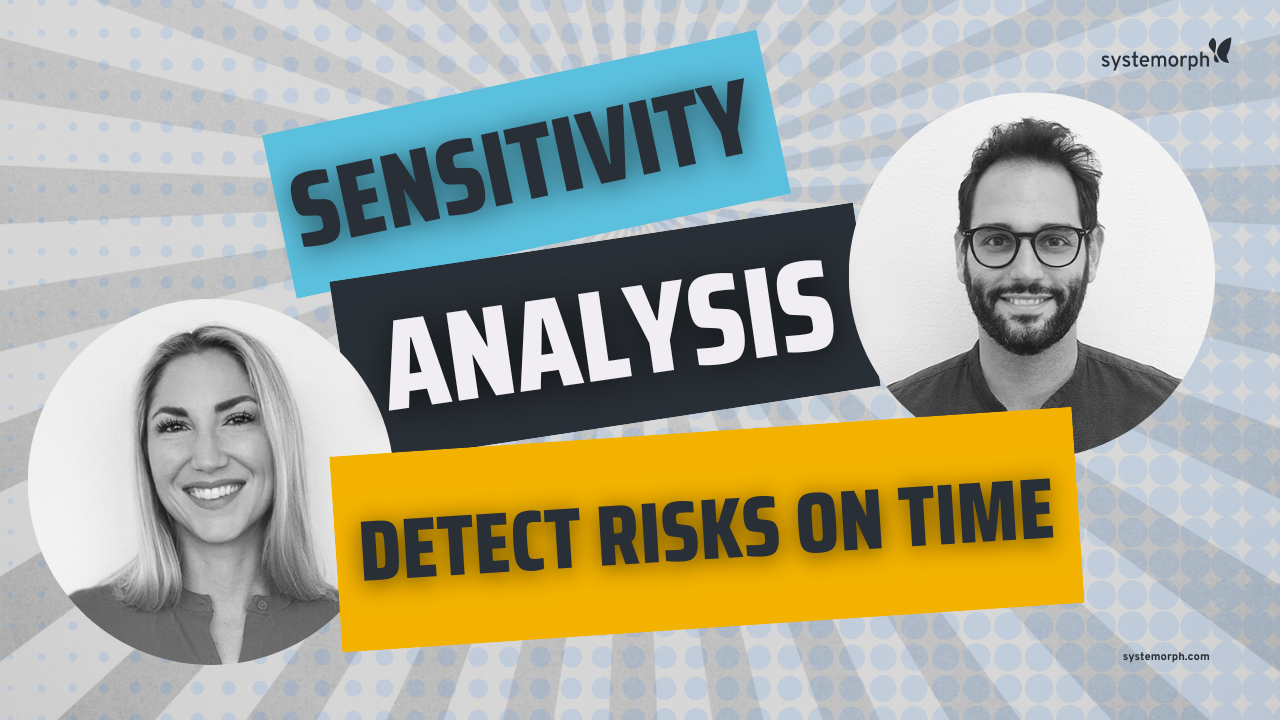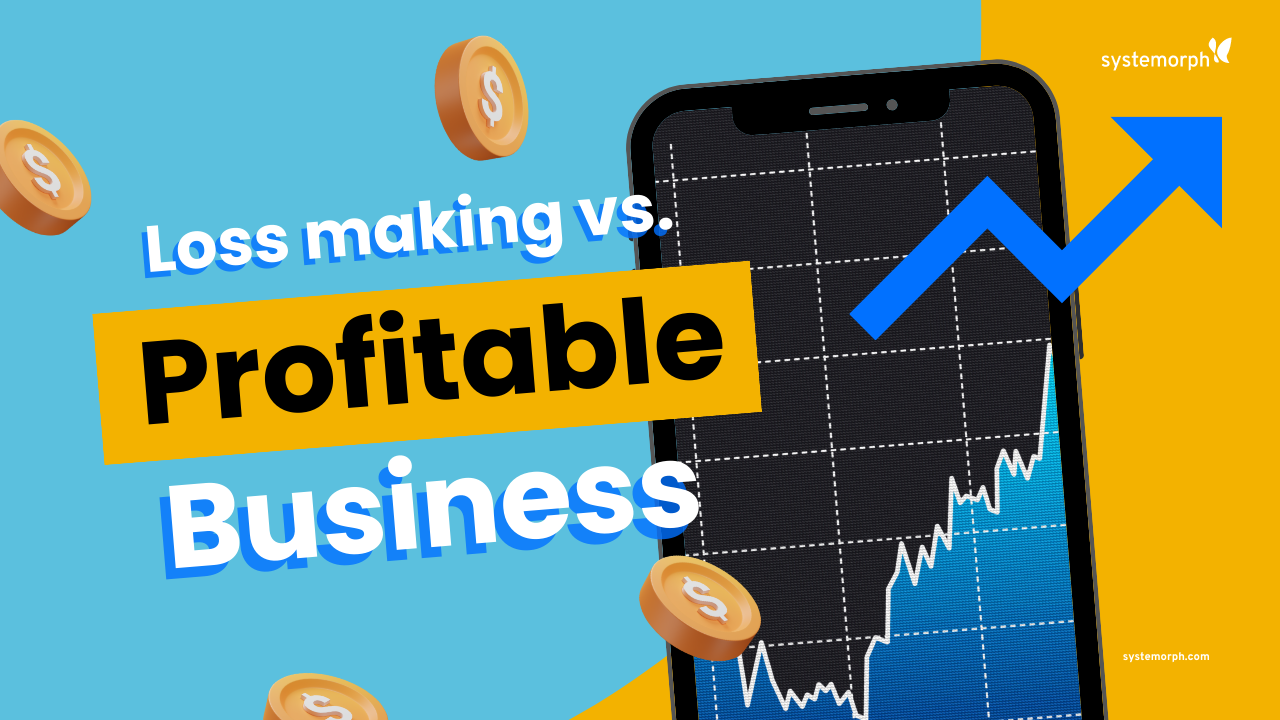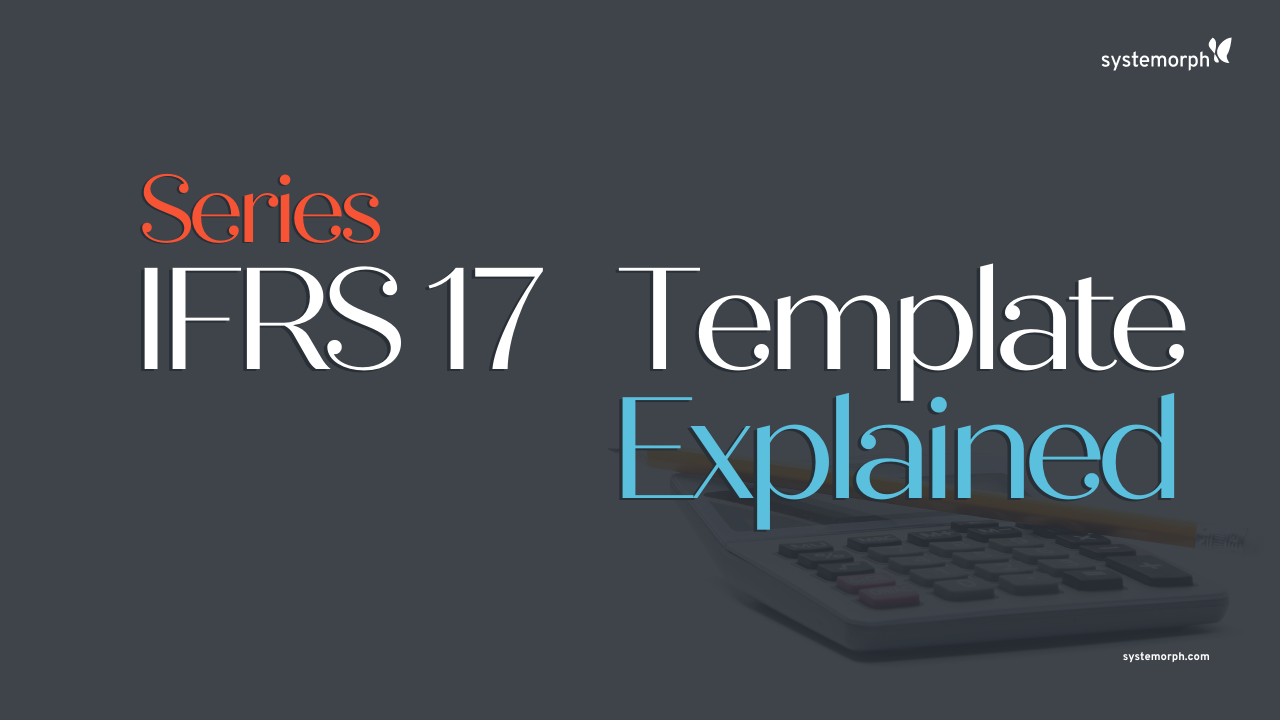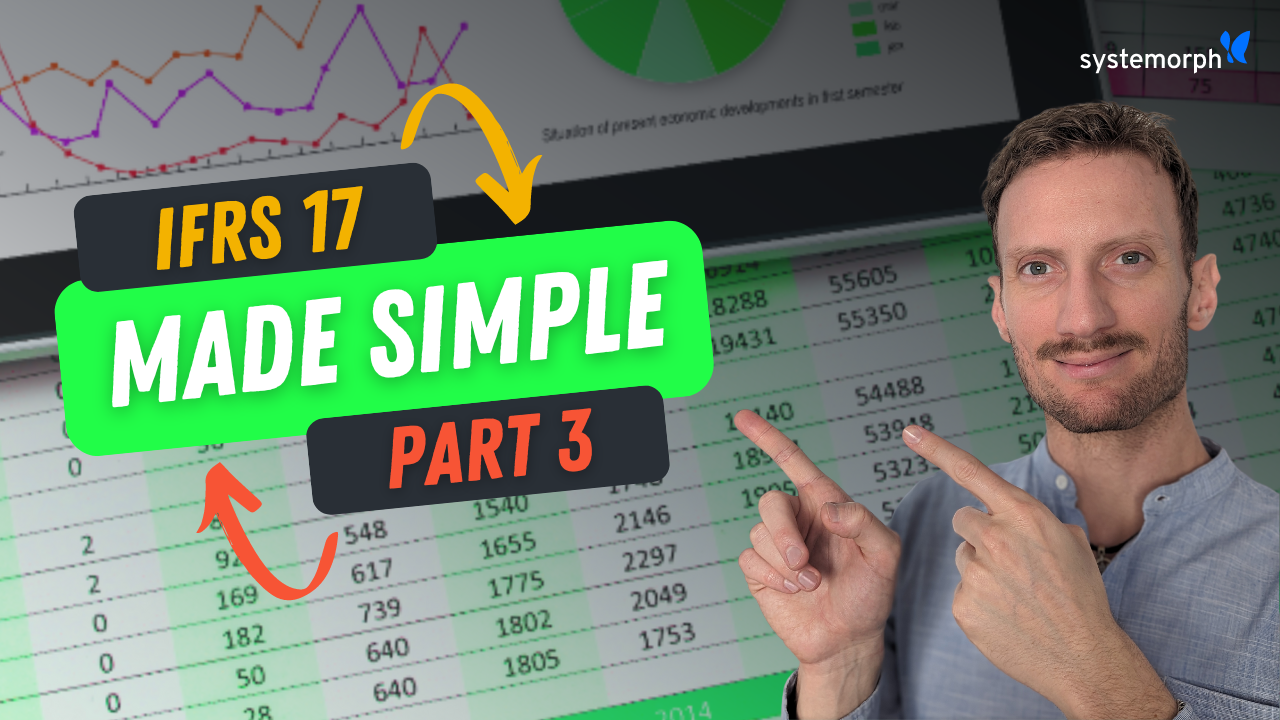Insights from the Developer’s Desk:
Ekaterina Mishina on SMAPP 2.0

Senior Software Engineer, Ekaterina Mishina, who goes by Katya, took part in a quickfire question round with us on what you can expect from SMAPP 2.0.
What does SMAPP stand for?
SMAPP stands for Systemorph Application – essentially, it’s a business application that has been designed on the Systemorph Cloud platform. And later this year, we’ll be giving users access to version 2.0 of a set of functionalities to develop these applications.
Can you explain the key functionalities and benefits of SMAPP 2.0?
It allows anyone, regardless of their coding experience, to develop a powerful business application. With SMAPP 2.0, you can create applications much faster, with greater flexibility, and at a lower cost compared to other platforms out there. It’s not just limited to the financial services sector; you can leverage it to solve complex problems across various industries, from pharmaceuticals to sciences and education. We want to empower you by providing the tools and support to tackle your company’s data challenges.
Why is SMAPP 2.0 a valuable innovation for the future of the tech industry?
SMAPP 2.0 breaks down barriers by democratizing application development and enables businesses to thrive in a data-driven future. In an era where agility and adaptability are becoming ever more important, businesses will be able to swiftly respond to changing demands, gain a competitive edge, and achieve their goals with efficiency.
As we create more data, we need to identify approaches that allow for easy extraction of meaningful insights. SMAPP 2.0 tackles this challenge by providing end users with lightweight, understandable APIs for application development. Additionally, the platform offers pluggable UI components and easily configurable layouts, enabling users to build reactive dashboards with multiple views, such as tables and charts, and much more.
With SMAPP 2.0, users enjoy the freedom to arrange components and effortlessly define behaviors and actions. The platform’s robust architecture supports seamless customization, providing a tailored experience that aligns with individual needs and preferences.
Finally, SMAPP 2.0 recognizes the importance of maintaining clear role segregation and enabling audit capabilities. Whether you’re a notebook editor or an end user of the application, the platform ensures transparent role management, providing enhanced security and accountability.
What have you been most excited about while working on the upgrade of SMAPP?
It’s fulfilling professionally to do something groundbreaking; and with Systemorph it’s playing role in a mission that revolutionizes the world of data management. I am uplifted by contributing to empowering business experts across diverse industries in solving complex problems with utmost simplicity.
Additionally, as we’ve been working on upgrading SMAPP, it has led us to build an even more modular, extensible, and lightweight Systemorph Cloud portal architecture; something developers know is an ongoing endeavor and one to celebrate. It improves maintainability and pays off in the future when we want to deliver new functionalities.
Lastly, the more people from the community that come together and explore the boundaries of their creativity in developing unique applications with Systemorph technology, the more we can inspire each other and shape the future of innovation. This is something I’m very excited about and I can’t wait until we can officially announce SMAPP 2.0.
When can people expect SMAPP 2.0 to be launched?
Check back with us at the beginning of September. And make sure you’re signed up to our newsletter and following our social channels to be in the loop as updates and announcements hit closer to the release date.
Empowering Swiss Re with an innovative IFRS17 solution to support its clients in evaluating reinsurance transactions.
Claudio Tröhler, Transactional Executive P&C Structured Solutions at Swiss Re, unveils the groundbreaking PAA Calculator, a precision tool custom-built by our team.
Efficient Data Management for Financial Services: A Conversation with Wolfgang Maehr
Working in the Systemorph sales team, Wolfgang Maehr has his ear close to the ground of what challenges insurance and financial services organizations need to overcome and what solutions they might need.
Breaking the Mold: Cost-Effective Data Management for Finance
Systemorph Founder and CEO, Roland Bürgi, sat down with CIO Review Europe to share how Systemorph empowers businesses to streamline their data management processes, achieve higher data quality, and enhance overall efficiency.
Sensitivity Analysis: operations and techniques
The new IFRS17 standard imposes the insurance industry to disclose different results for each approved scenario, which enables shareholders and analysts to compare sensitivities of different insurers.
Profit and loss statement with the Systemorph IFRS17 report
In this episode of #Techucation, we investigate how to read this information in the Systemorph IFRS17 standard solution and will cover how granularity and degree of aggregation can easily be varied.
#Techucation for IFRS17: Sensitivity Analysis and Financial Modeling
In this episode, we show how would the current closing look like if at the closing date the sensitivity would have occurred and inputs had been different by the specified amount.
#Techucation for IFRS17: Can you differentiate between a loss-making and a profitable business?
In this episode we explain how the future margin is allocated among Contractual Service Margin and Loss Component as prescribed by the regulators under the new IFRS17 standard. We show simple examples to help you understand the basis of business performance analysis.
#Techucation: The Systemorph IFRS17 Template Explained
In this episode, discover how the Systemorph standard solution can aid you with IFRS17 disclosure processes from data collection to reporting.
IFRS17: How to read the full set of financial reports – Part 3
In the third of this three-part episode, we conclude with the contractual service margin and loss component reports, and lastly the disclosed financial performance both at the group level or for each unit of account.

